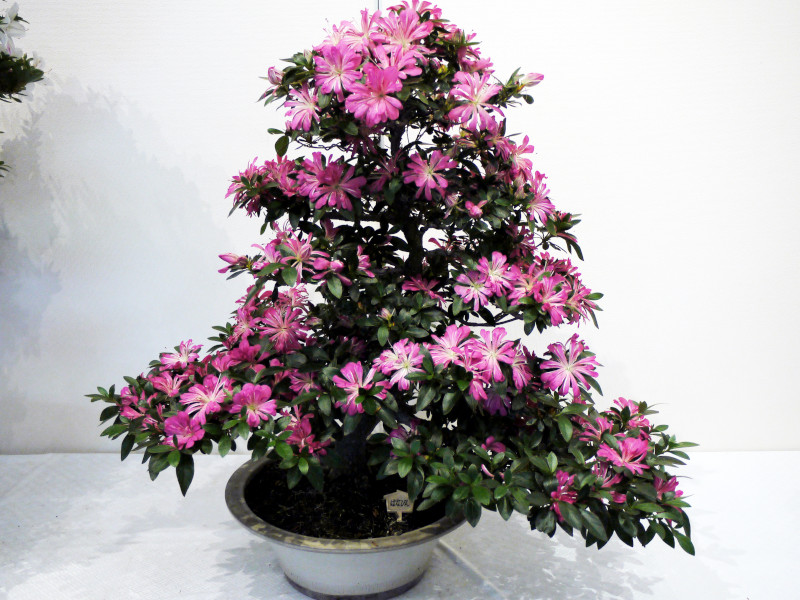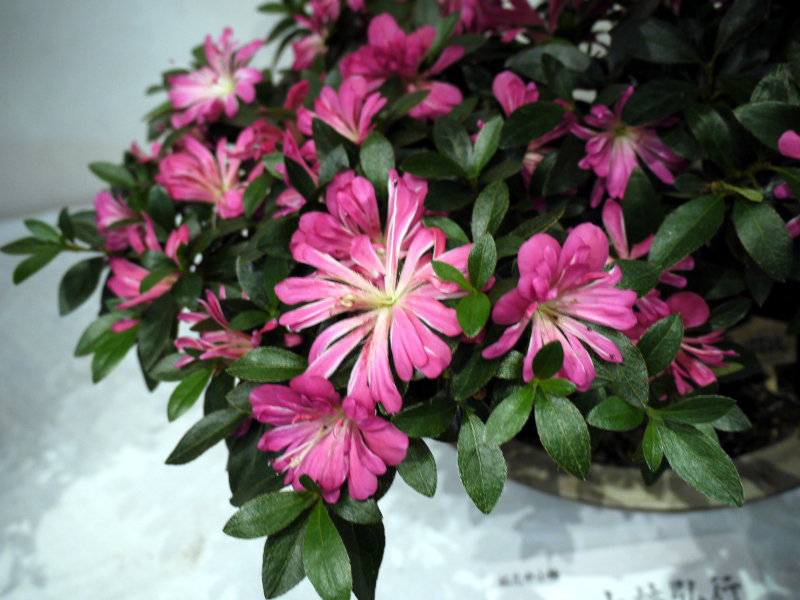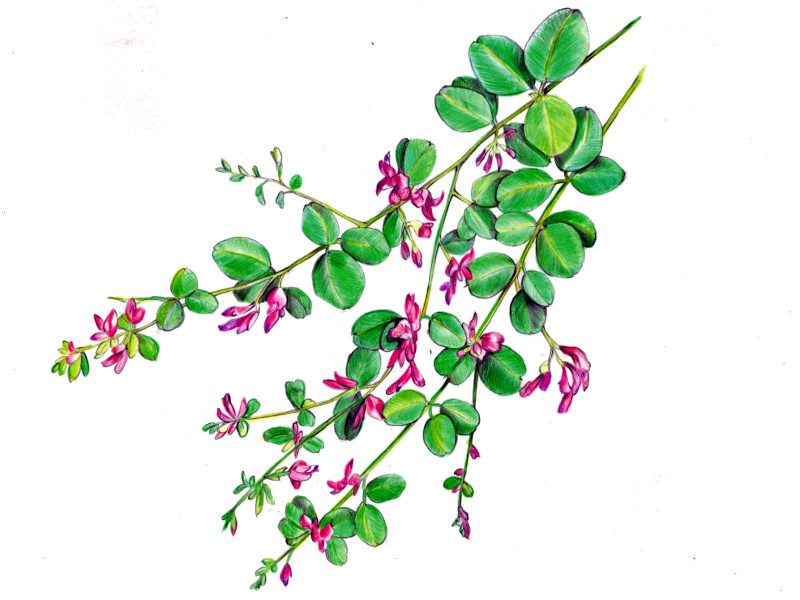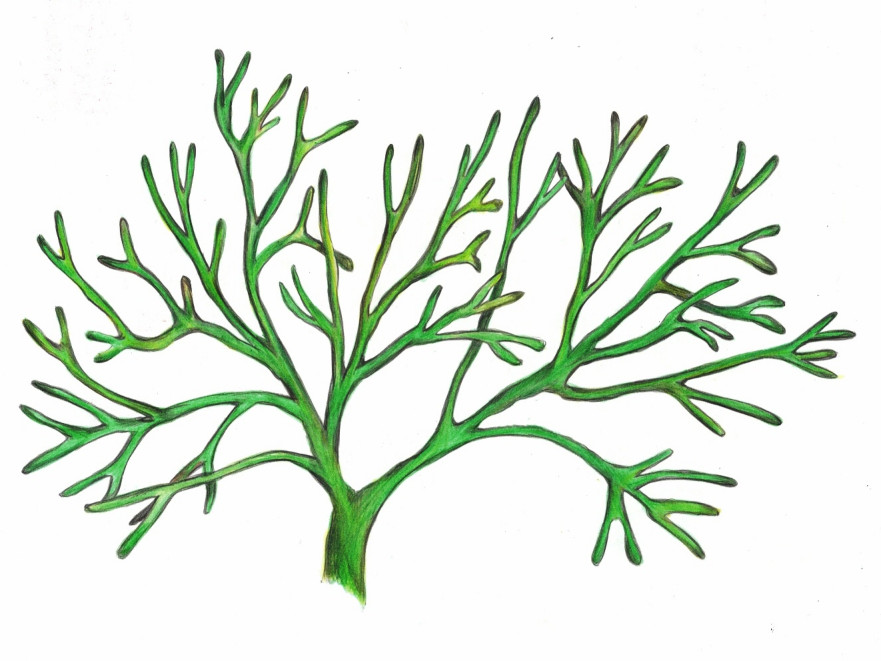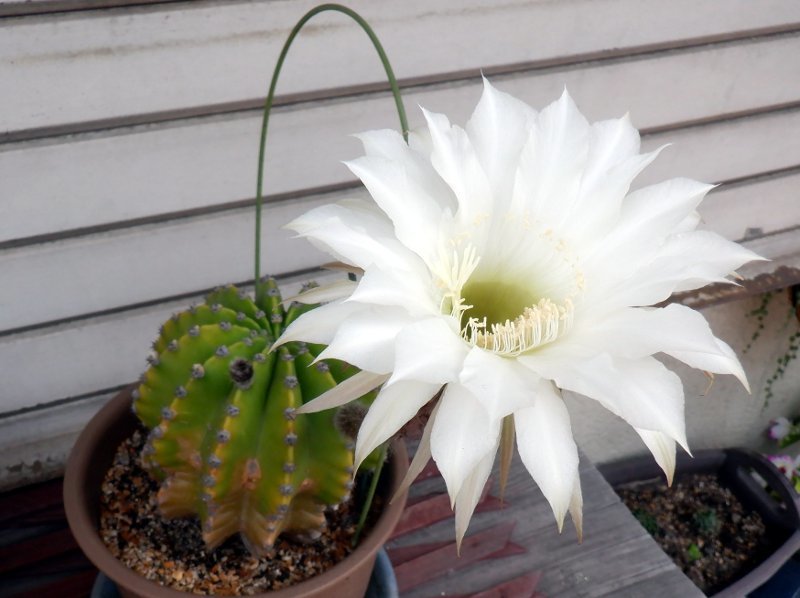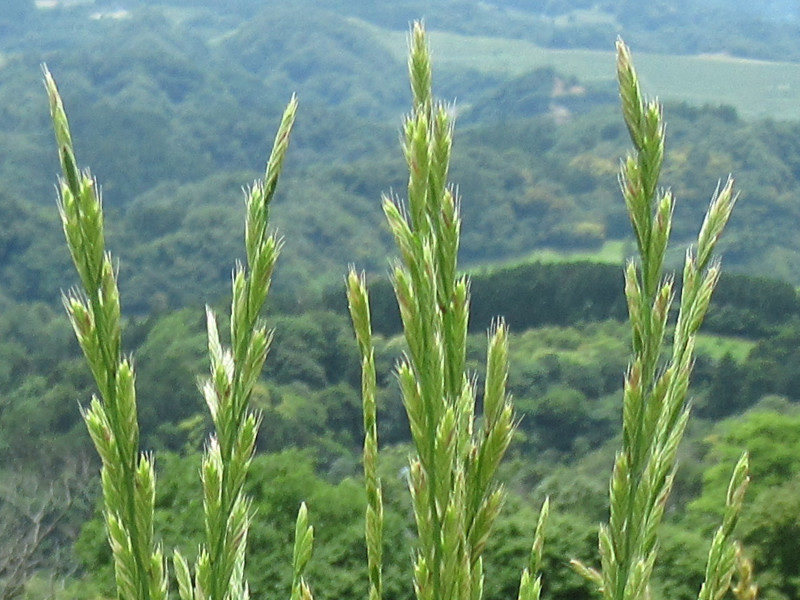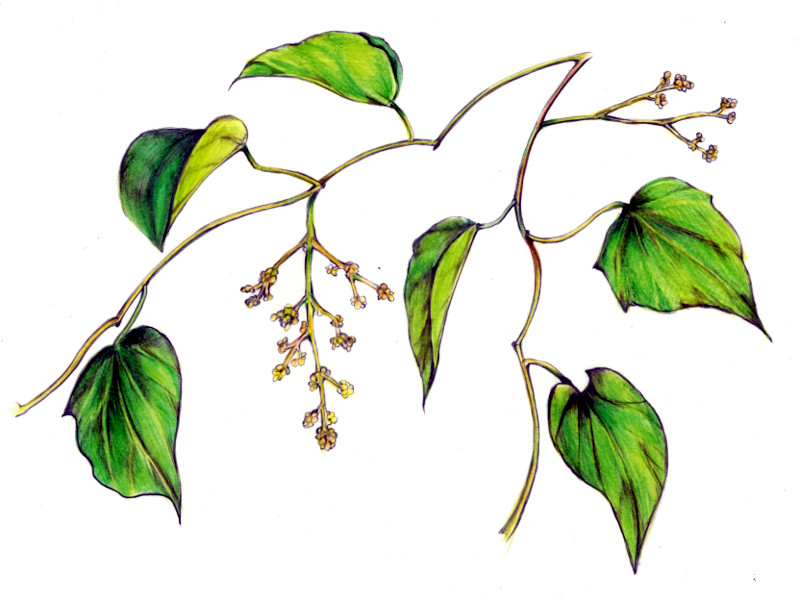Hanabin
- Flower nameHanabin
- Scientific nameRhododendron indicum 'Hanabin'
- Alias
- Place of originJapanese horticultural
- Place of floweringGarden, Botanical Gardens, Bonsai
- Flowering seasonMay, June
- Language of flowersSaving
What is Hanabin
Hanabin (scientific name: Rhododendron indicum 'Hanabin') is a Japanese horticultural evergreen/deciduous shrub of the genus Rhododendron in the family Ericaceae. It is a type of azalea bred by crossing the horticultural varieties "Tateyama no Mai" and "Hoshi no kagaki".
The height is 30 to 100 cm, and it is mainly used for bonbons. The leaves are lanceolate to broadly elliptic, 2-3 cm long, and dark green in color. In May to June, it produces a raceme from the leaf axils and produces numerous pink or bright red funnel-shaped flowers with a deeply lobed tip, which are 3 to 5 cm in diameter. The petals are narrow with white margins.
Common name: Hanabin, Scientific name: Rhododendron indicum 'Hanabin', (Tateyama no Mai x Hoshi no Kagayaki), Cultivar: Rhododendron indicum Hanabin, Life form: Evergreen/Deciduous shrub, Origin: Horticultural cultivars (Japan), Height: 30-100 cm, Leaf shape: lanceolate to broadly elliptic, Leaf length: 2-3 cm, Leaf width: 0.5 cm, Leaf color: dark green, Leaf texture: glossy upper surface and hairy lower surface, Leaf margin: entire, tip: obtuse, Phyllotaxy: alternate, Joint corolla, Inflorescence form: raceme, Corolla shape: funnel-shaped, deeply lobed, Corolla diameter Corolla diameter: 3-5 cm; Flowering season: May-June; Flower color: pink, bright red; Uses: bonsai, hedge, alley planting, potted plant.
